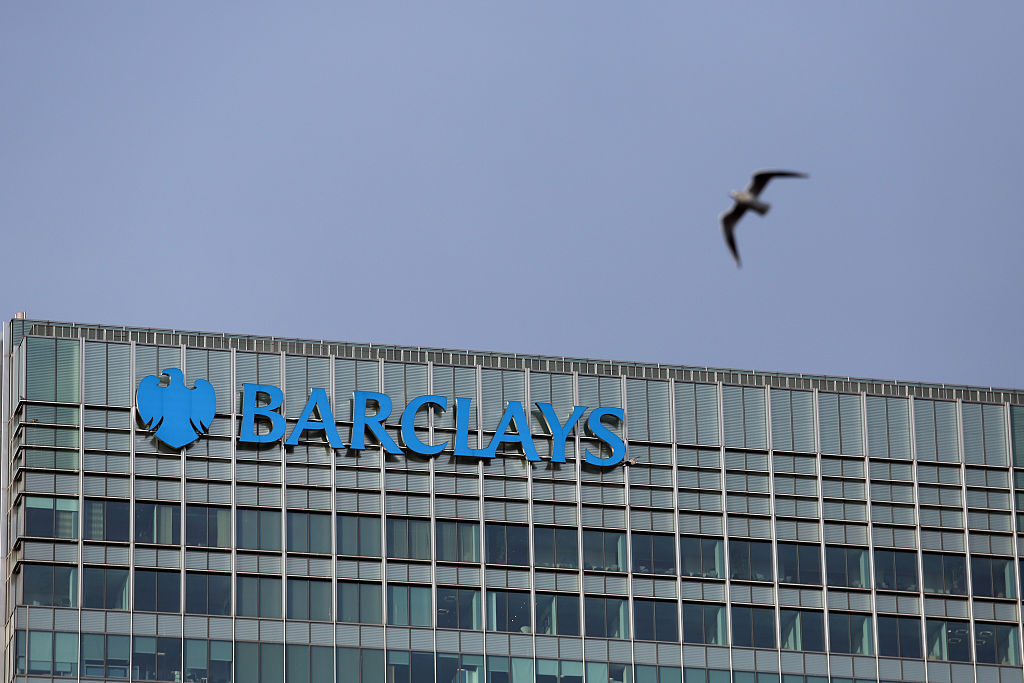Sizzling sales at Sysco – should you invest in this US food supplier?
The American food distribution group Sysco is expanding rapidly worldwide and is still reasonably valued


Sometimes the best opportunities don’t come from firms in glamorous, fast-growing industries, but from well-run companies that have carved out a niche for themselves in lower-profile, but no less profitable, sectors. An example of this is food distribution, which involves making sure that food from producers, both ingredients and prepared meals, reaches wholesale customers such as restaurants, and large institutional consumers such as supermarkets and hospitals. In this industry, Sysco (NYSE: SYY) stands out from all the rest.
Since food distribution is a low-margin business, the key to success is keeping costs to an absolute minimum. Sysco’s status as the largest food-distribution company in the US, supplying nearly one in every five restaurants or commercial kitchens in the country, means that it can use economies of scale to do its work extremely efficiently. As a result, even though its operating margins are only around 3%-4%, it makes a 20% return on capital employed. The fact that the food-distribution industry rewards scale also serves as a barrier against any potential competition, helping to protect both market share and margins.
Should you invest in Sysco?
Sysco isn’t resting on its laurels. It has pursued a policy of international expansion and now operates in 90 countries. This enables it to reduce costs further when it comes to sourcing the cheapest food from around the world, and also allows it to continue growing by entering new markets. Furthermore, the company has acquired food-service companies in other countries, such as last year’s acquisition of Scottish meat and fish supplier Campbells Prime Meat. All this has made it the largest food-distribution company in countries ranging from Canada to the UK, as well as the third-largest producer in France.
MoneyWeek
Subscribe to MoneyWeek today and get your first six magazine issues absolutely FREE

Sign up to Money Morning
Don't miss the latest investment and personal finances news, market analysis, plus money-saving tips with our free twice-daily newsletter
Don't miss the latest investment and personal finances news, market analysis, plus money-saving tips with our free twice-daily newsletter
Sysco has a solid growth record, with its international sales expanding by an average of 17% a year since 2021; overall earnings have jumped by around 50% since 2021. Adjusted earnings have quadrupled during the same period. Even if you use pre-Covid levels as the point of comparison, profits have still grown by a third since 2019. It has also managed to increase its dividend continuously during this period, one of the few companies in the industry to pay out money to shareholders. Despite this, it is still reasonably valued, trading at only 16.7 times estimated 2026 earnings and offering a dividend yield of 2.8%.
In spite of Sysco’s long record of growing both earnings and dividends, its share price has had a mixed record, fluctuating over the past few years. This might be about to change. The shares have built up momentum over the past few weeks as they are now trading above their 50-day and 200-day moving averages. I would therefore suggest that you go long at the current price of $78.41 at £40 per $1. In that case, I would put the stop loss at $54.41, which gives you a total downside of £960.
This article was first published in MoneyWeek's magazine. Enjoy exclusive early access to news, opinion and analysis from our team of financial experts with a MoneyWeek subscription.
Get the latest financial news, insights and expert analysis from our award-winning MoneyWeek team, to help you understand what really matters when it comes to your finances.

-
 The shape of yields to come
The shape of yields to comeCentral banks are likely to buy up short-term bonds to keep debt costs down for governments
-
 The sad decline of investment clubs – and what comes next
The sad decline of investment clubs – and what comes nextOpinion Financial regulation and rising costs are killing off investment clubs that once used to be an enjoyable hobby, says David Prosser
-
 How to profit from the UK leisure sector in 2026
How to profit from the UK leisure sector in 2026The UK leisure sector had a straitened few years but now have cash in the bank and are ready to splurge. The sector is best placed to profit
-
 Goodwin: A superlative British manufacturer to buy now
Goodwin: A superlative British manufacturer to buy nowVeteran engineering group Goodwin has created a new profit engine. But following its tremendous run, can investors still afford the shares?
-
 Profit from document shredding with Restore
Profit from document shredding with RestoreRestore operates in a niche, but essential market. The business has exciting potential over the coming years, says Rupert Hargreaves
-
 How to harness the power of dividends
How to harness the power of dividendsDividends went out of style in the pandemic. It’s great to see them back, says Rupert Hargreaves
-
 Reinventing the high street – how to invest in the retailers driving the change
Reinventing the high street – how to invest in the retailers driving the changeThe high street brands that can make shopping and leisure an enjoyable experience will thrive, says Maryam Cockar
-
 New frontiers: the future of cybersecurity and how to invest
New frontiers: the future of cybersecurity and how to investMatthew Partridge reviews the key trends in the cybersecurity sector and how to profit
-
 Three solid British stocks going cheap
Three solid British stocks going cheapOpinion Ian Lance and Nick Purves, fund managers at Temple Bar Investment Trust, highlight three British stocks with strong cash flows and robust balance sheets
-
 Is now a good time to invest in Barclays?
Is now a good time to invest in Barclays?Barclays' profit growth is healthy, and the stock is cheap compared with its rivals